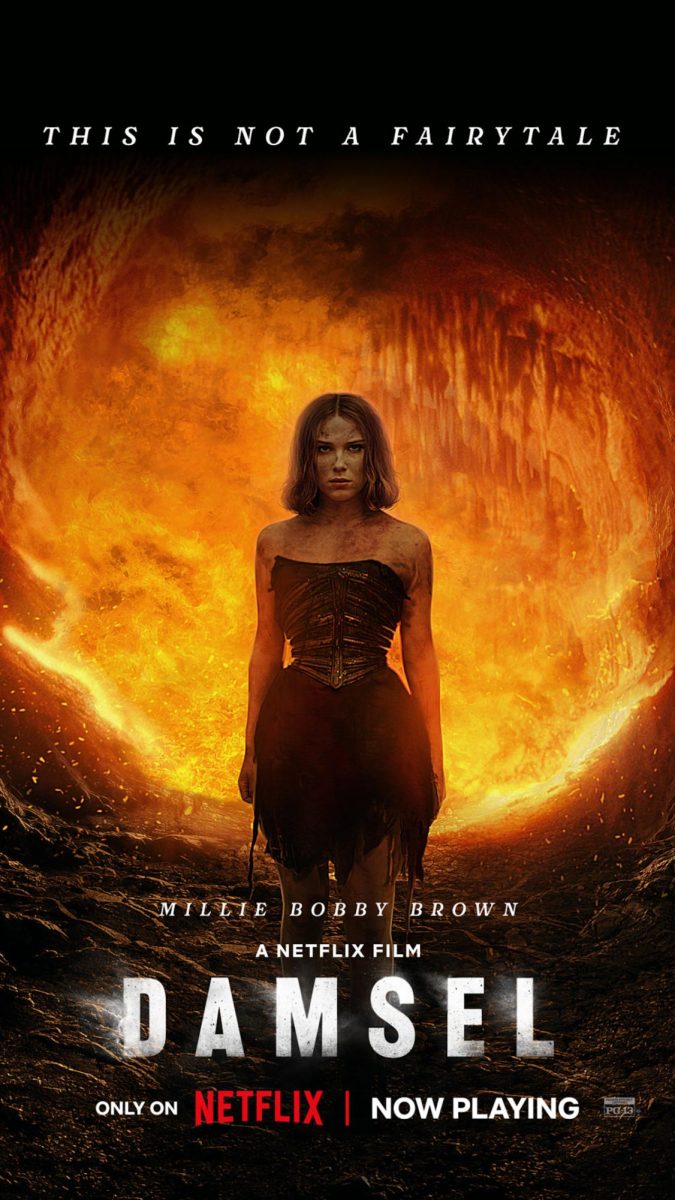An exciting new take on classic science fiction came to theaters across the nation on Friday, Nov. 11.
“Arrival,” a film produced by Paramount Pictures, documents the terrestrial landing of 12 alien spacecrafts, and the team of experts brought together to analyze them. The film stars popular actors Amy Adams, Jeremy Renner and Forest Whitaker, to name a few big stars.
Already, the movie is getting rave reviews. Rotten Tomatoes rated the film at a whopping 93 percent, ranking it one of the best movies in its extensive collection. IMDb gave “Arrival” an 8.5 out of 10. Metacritic rated 80 percent.
Eric Heisserer and Denis Villenueve wrote and directed “Arrival” as an adaptation of “Story of Your Life,” an award-winning short story by Ted Chiang. For those of you interested in researching the movie more — and after you see it, you probably will — Chiang’s story is available at the Marriott Library.
Part of what makes the film so great is its attention to accuracy of detail. The central character, Dr. Louise Banks, played by Amy Adams, is a brilliant linguistics professor working at a university. Her character was modeled, in part, after a real linguistics professor, whose expertise was sought as research for the film.
Professor Jessica Coon is that linguistic professor. Currently working at McGill University in Montreal, Canada, she was contacted by the behind the scenes set crew as part of their in-depth research process.
“They were interested in working with somebody locally,” said Coon in a conference interview The Daily Utah Chronicle took part in. Her contributions make sense, then, since “Arrival” itself was filmed on location in Montreal.
Coon assisted the film’s design and production by providing a genuine reference for Banks, whose status as a linguist is central to the movie’s story. She worked closely with Adams and Heisserer as they molded Banks’ character.
“They wanted someone who has experience doing field work [in linguistics,] specifically on understudied languages,” Coon said. Banks is a skilled field worker with experience translating Farsi. Coon has spent her career studying Mayan languages.
In the film, Banks takes the audience through the grueling process of learning a monolingual language from the bottom, up.
“I think she did a great job,” reported Coon regarding Adams’ portrayal.
As a science fiction film, “Arrival” breaks through several genre stereotypes. The film focuses rather heavily on the influence of communication and language on cultural interactions. It also challenges the preconceived notion of aliens as either humanoid or horrific, striking a delicate balance between the two.
The film also raises a number of questions about the nature of language and communication, more broadly.
For example, an aspect explored in the film is the concept of linguistic relativity, also known as the Sapir-Whorf hypothesis or Whorfianism. The hypothesis, as explained by Coon, is based around “the idea that the language that you speak determines or constrains your perception of the world.”
John H. McWhorter, an American linguist, wrote a book, “The Language Hoax,” seems to disprove the hypothesis “for human languages,” said Coon. However, this distinction leaves the audience wondering how it might apply to an alien language.
Another aspect of the film is the concept of communication barriers. When “communication breaks down…people become afraid and distrustful” and “communication among humans, what should be easiest, has the potential to really screw everything up,” explained Coon.
Coon expressed her hope “that this movie will inspire a new generation of people interested in languages…to help us understand what is it that all human languages have in common” and how they differ “and what that tells us about cognition and the condition of being human, more generally.”
“Arrival” is showing in theaters now.















